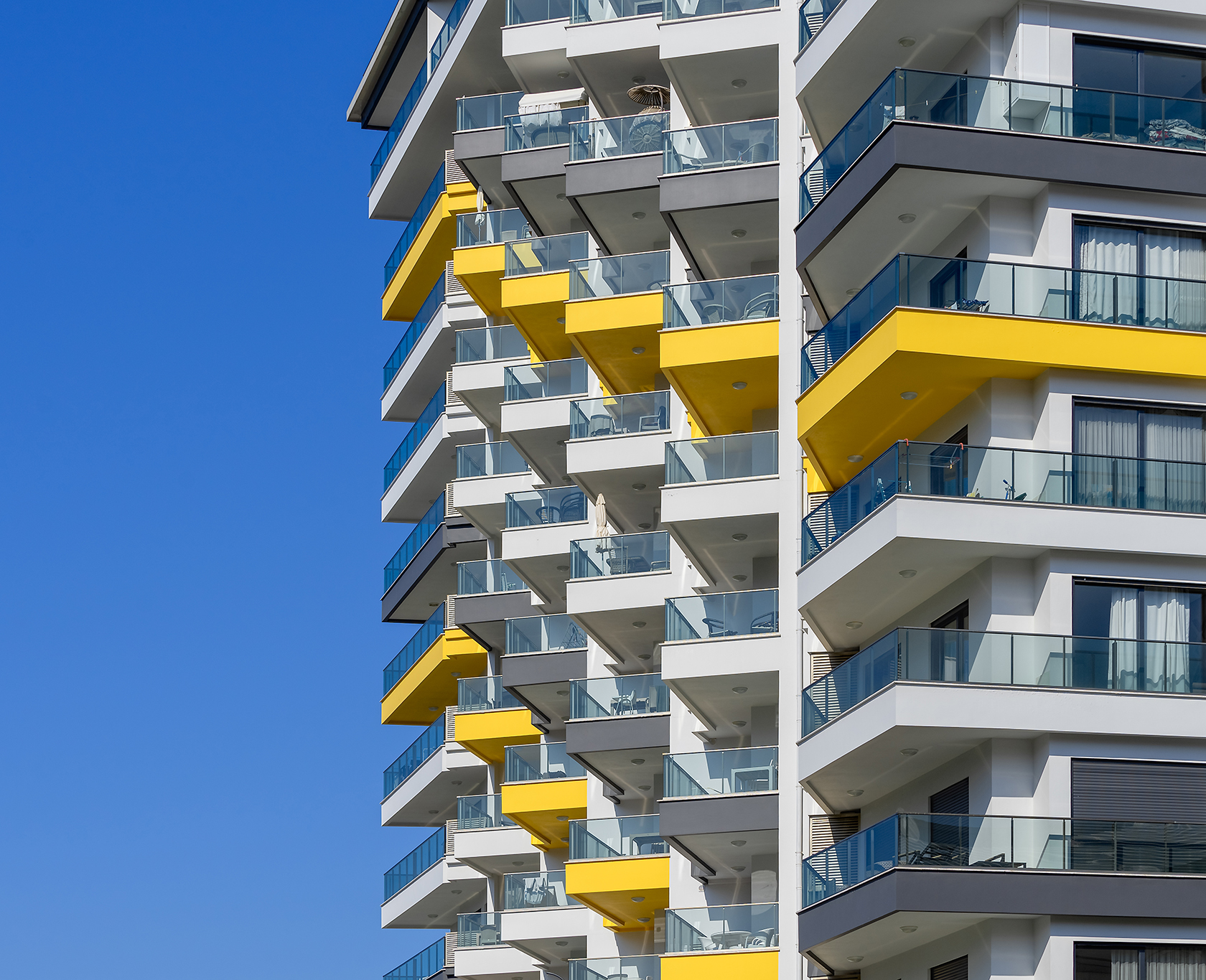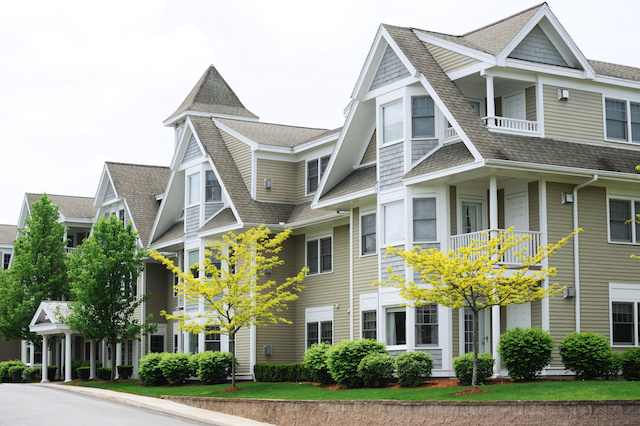Exactly How Condominium HOA Governs Shared Areas and Enhances Community Harmony
The governance of shared spaces within a condominium organization plays a critical duty in promoting area cohesion and keeping residential or commercial property values. With the facility of detailed standards, the Condo HOA not only regulates the use of communal services yet likewise advertises a society of respect and responsibility among citizens.
Role of the HOA
The home owners association (HOA) acts as the controling body for condominium areas, playing a vital duty in preserving the building and advertising a cohesive living environment. It is in charge of implementing and passing community regulations and policies, which are developed to protect the aesthetic worth and capability of the common room. This governance ensures that all locals stick to a standard set of assumptions, cultivating a sense of unity amongst diverse property owners.
In Addition, the HOA handles the economic elements of the neighborhood, consisting of budgeting, collecting dues, and maintaining typical locations. This monetary oversight is vital in making certain that necessary maintenance and improvements are lugged out quickly, enhancing property worths in time. The HOA also offers as a liaison between homeowners and external entities, such as neighborhood government and solution providers, resolving common issues successfully.
Moreover, the HOA typically arranges community events and programs, urging neighborly communications and building relationships among homeowners. By helping with open communication and addressing grievances, the HOA adds to an unified living atmosphere. Thus, its complex duty is vital in making sure the smooth procedure and total contentment within condominium neighborhoods.
Policies for Shared Areas
Effective governance in condo areas demands clear policies for shared spaces, which are crucial for preserving order and advertising a sense of area amongst locals. These guidelines function as standards that make certain everybody can appreciate usual locations, such as pools, yards, and recreational facilities, without problem.

Moreover, sanitation and maintenance standards are necessary, typically stating that residents must tidy up after themselves and report any problems to the home owners' association. By clearly communicating these assumptions, the HOA can minimize misunderstandings and encourage respect among citizens.
Eventually, distinct guidelines for common rooms add to the general lifestyle in a condominium area, enabling citizens to exist side-by-side peacefully while enjoying the amenities that improve their living experience. condo hoa.
Significance of Community Standards

Neighborhood guidelines play a considerable function in fostering a natural and considerate environment within condominium organizations. These standards develop clear assumptions for residents, promoting a sense of liability and shared obligation. By delineating appropriate behaviors and methods, neighborhood guidelines assist prevent misconceptions and problems among residents.
Additionally, these guidelines work as a framework for keeping the functional and visual integrity of common spaces. They guarantee that all homeowners stick to criteria pertaining to property upkeep, sound levels, and use of public facilities. This harmony not only improves the aesthetic appeal of the neighborhood however likewise contributes to total home values, profiting all home owners.

Dispute Resolution Strategies
Navigating disputes within a condo association requires an organized method to guarantee reliable and fair resolution. Efficient problem resolution techniques commonly begin with open communication, urging locals to voice concerns in a respectful fashion. Developing an assigned network for grievances, such as a tip box or an on the internet discussion forum, can facilitate this procedure.
Arbitration is an additional critical approach, where a neutral 3rd party assists disputing locals reach a mutually acceptable remedy. This approach promotes cooperation and understanding, reducing hostility - condo hoa. The HOA board need to about his likewise create clear procedures for resolving grievances, making sure all celebrations are conscious of the steps involved
Regular conflict resolution training for board members can improve their capacity to deal with disputes properly. Making use of a well-defined framework, such as the "Interest-Based Relational Technique," assists focus discussions on interests as opposed to placements, advertising a solutions-oriented attitude.
Benefits of Community Consistency
Cultivating neighborhood consistency within a condo association brings countless benefits that boost the overall living experience for citizens. An unified community urges cooperation and teamwork amongst neighbors, bring about a more jovial atmosphere. When citizens really feel recognized and linked, they are a lot more likely to participate in public activities and join decision-making processes, resulting in a stronger feeling of belonging.
Furthermore, neighborhood harmony substantially lowers misconceptions and disputes, which can or else interfere with life. A serene atmosphere minimizes tension and promotes mental well-being, permitting citizens to appreciate their homes completely. In addition, unified partnerships typically translate into increased residential or commercial property worths, as potential purchasers are drawn to communities identified by security and cooperation.

Final Thought
With the facility of clear policies and neighborhood standards, citizens this page are motivated to keep a respectful and responsible setting. Ultimately, the efforts of the HOA contribute to a cohesive community, advertising both building values and general resident satisfaction.
Furthermore, the HOA commonly arranges area events and programs, encouraging neighborly interactions and building partnerships amongst residents. By defining acceptable actions and techniques, area standards help avoid misconceptions and disputes among residents.
Furthermore, community guidelines promote reliable interaction among locals and the Homeowners Association (HOA) click for more info With the facility of clear rules and neighborhood standards, residents are encouraged to keep a liable and respectful atmosphere. Ultimately, the initiatives of the HOA add to a natural neighborhood, promoting both building worths and total resident contentment.